WASHINGTON, DC—Resources for the Future (RFF) announced today the winners of three grants, totaling $300,000, to quantify the benefits of using satellite data in decisions that improve socioeconomic outcomes for people and the environment. These awards advance the work of the Consortium for the Valuation of Applications Benefits Linked to Earth Science (VALUABLES), a partnership between NASA and environmental and natural resource think tank RFF.
The three winning teams are led by researchers from Moravian College, Salisbury University, and the University of Wyoming, with transdisciplinary personnel drawn from eleven more academic institutions and organizations. The award winners will conduct impact assessments that quantify the societal benefits of using Earth observations in health, ecosystem, and water quality applications.
“We are so appreciative of the 41 teams that competed for the grants, the 12 teams that submitted full proposals, our anonymous external reviewers, and feedback from our NASA partners,” says Alan Krupnick, a senior fellow at RFF and VALUABLES team member who led the Grants for Assessing the Benefits of Satellites (GABS) competition. “Each of the winning projects features an interdisciplinary team, is on a compelling topic, and is being handled creatively and with state-of-the-art methods. The results of this research and demonstration of research methods to estimate the value of information from satellites should redound to benefit all of society, both in the areas targeted for research and to the improved generation and use of satellite information.”
The winning projects address diverse topics with important practical applications:
● Sonia Aziz (Moravian College) leads a field experiment that provides a satellite data–driven early warning system for cholera in Bangladesh through access to a cell phone app for a “treatment” community. Cholera rates and other outcome metrics will be compared to those of a “control” community without the app. The project team includes Emily Pakhtigian (Penn State), Ali Akanda (University of Rhode Island), and Kevin J. Boyle (Virginia Tech).
“We expect to provide estimates of potential societal benefits of satellite data as well as necessary inputs for policymakers to design and implement effective policies to limit the incidence and spread of cholera,” say Aziz and her colleagues. “Providing households with satellite-aided information regarding the nature of cholera risk should improve their averting decisions.”
● Jill Caviglia-Harris (Salisbury University) leads a project to explore how the Brazilian Forest Code is enforced through the use of satellite data that monitors deforestation. Satellite data already are being used for management and enforcement; this project will estimate how much deforestation would have happened without the satellite data and compare that to deforestation and its consequences with the satellite data. The project team includes Andrew Bell (New York University), Trent Biggs (San Diego State University), Katrina Mullan and Thaís Ottoni Santiago (University of Montana), Erin Sills (North Carolina State University), and Thales West (New Zealand Forest Research Institute).
“This will be the first study to estimate the amount of avoided deforestation resulting from the use of satellite images to support the Forest Code,” say Caviglia-Harris and colleagues. “Our contributions will add to the limited evidence on whether and how the availability of satellite imagery has helped protect designated areas, and the even thinner literature on the benefits of monitoring deforestation to inform climate change policy and commitments.”
● Stephen Newbold (University of Wyoming) leads the development of a model that describes how lake visitors in California adjust their recreation choices when outbreaks of harmful algal blooms are announced. This will improve our current understanding of how early warning systems supported by satellite data allow recreators to divert their visits away from water bodies currently experiencing a bloom, and instead visit un-impacted sites, thereby increasing the overall enjoyment of water-based recreation activities, reducing the risks of adverse health effects, and mitigating the regional economic impacts associated with lost visitation days. The project team includes Sarah Lindley and Shannon Albeke (University of Wyoming), Joshua Viers (University of California, Merced), Robert Johnston (Clark University), and George Parsons (University of Delaware).
“Predicting where and when these events will occur is an ongoing challenge, and early prediction is important because it allows steps to be taken to reduce the damage caused by harmful algal blooms,” Newbold and colleagues say. “The case study should shed light on the value of satellite-based early warning systems in other regions of the United States and beyond.”
“These projects will generate much-needed quantitative evidence on how satellite data improve societal outcomes,” says Yusuke Kuwayama, an RFF fellow and the VALUABLES Consortium director. “But more importantly, they will help grow the community of Earth scientists and social scientists working together to demonstrate the return on investment in scientific information.”
VALUABLES is a collaboration between RFF and NASA to measure how satellite information benefits people and the environment when it is used to make decisions. More information available at the VALUABLES website.
